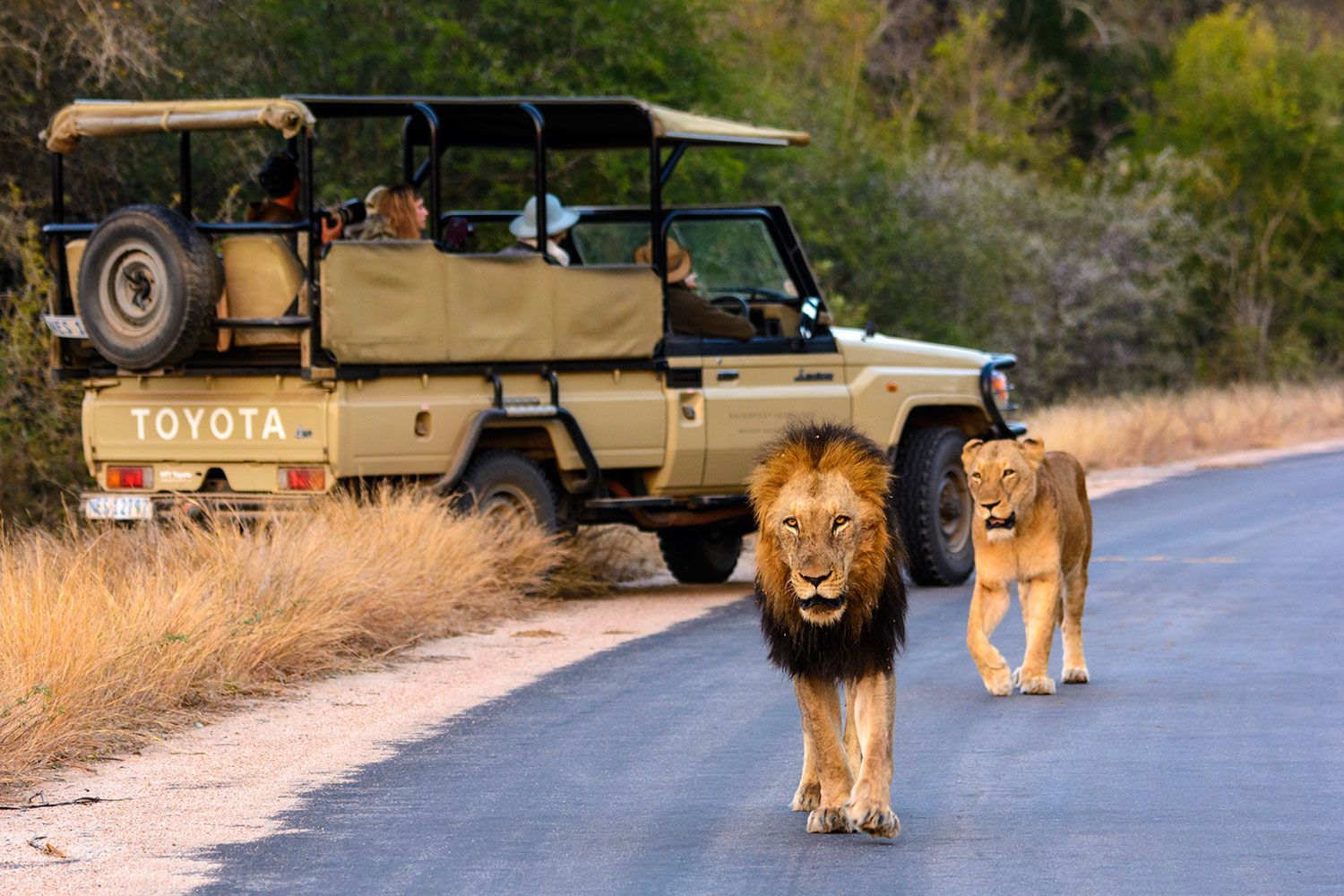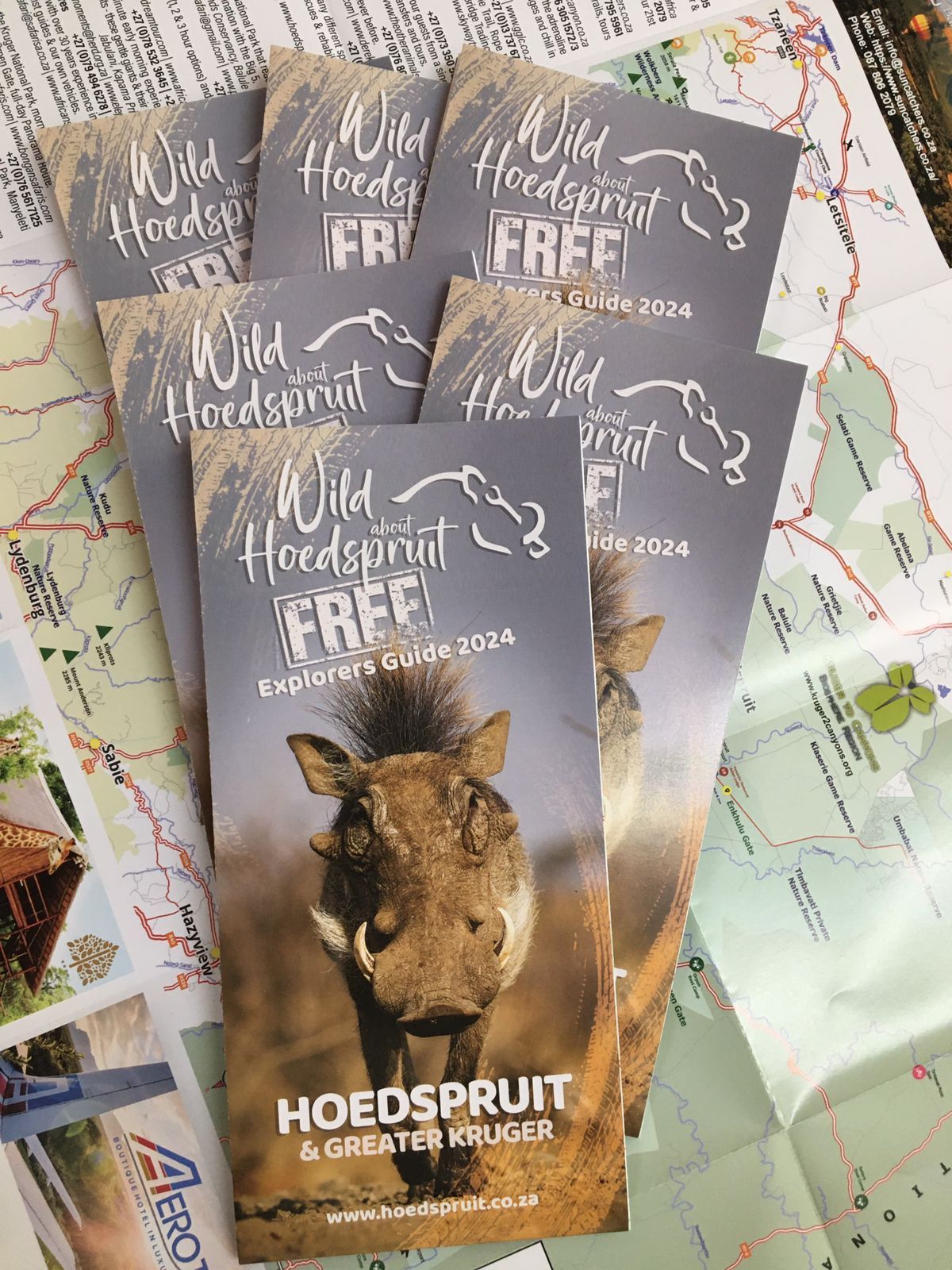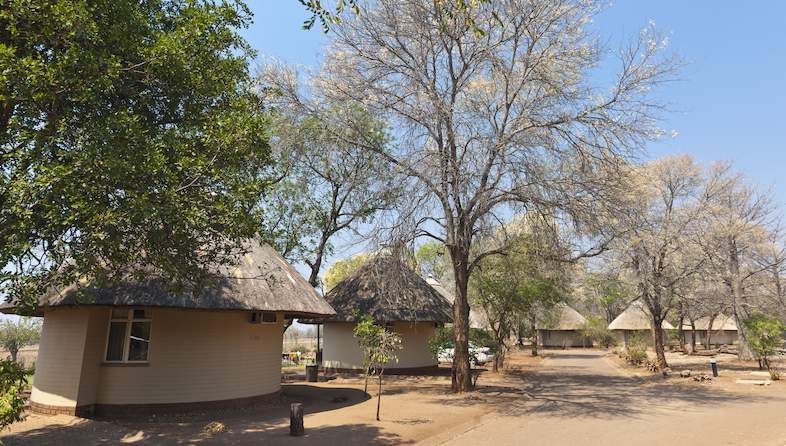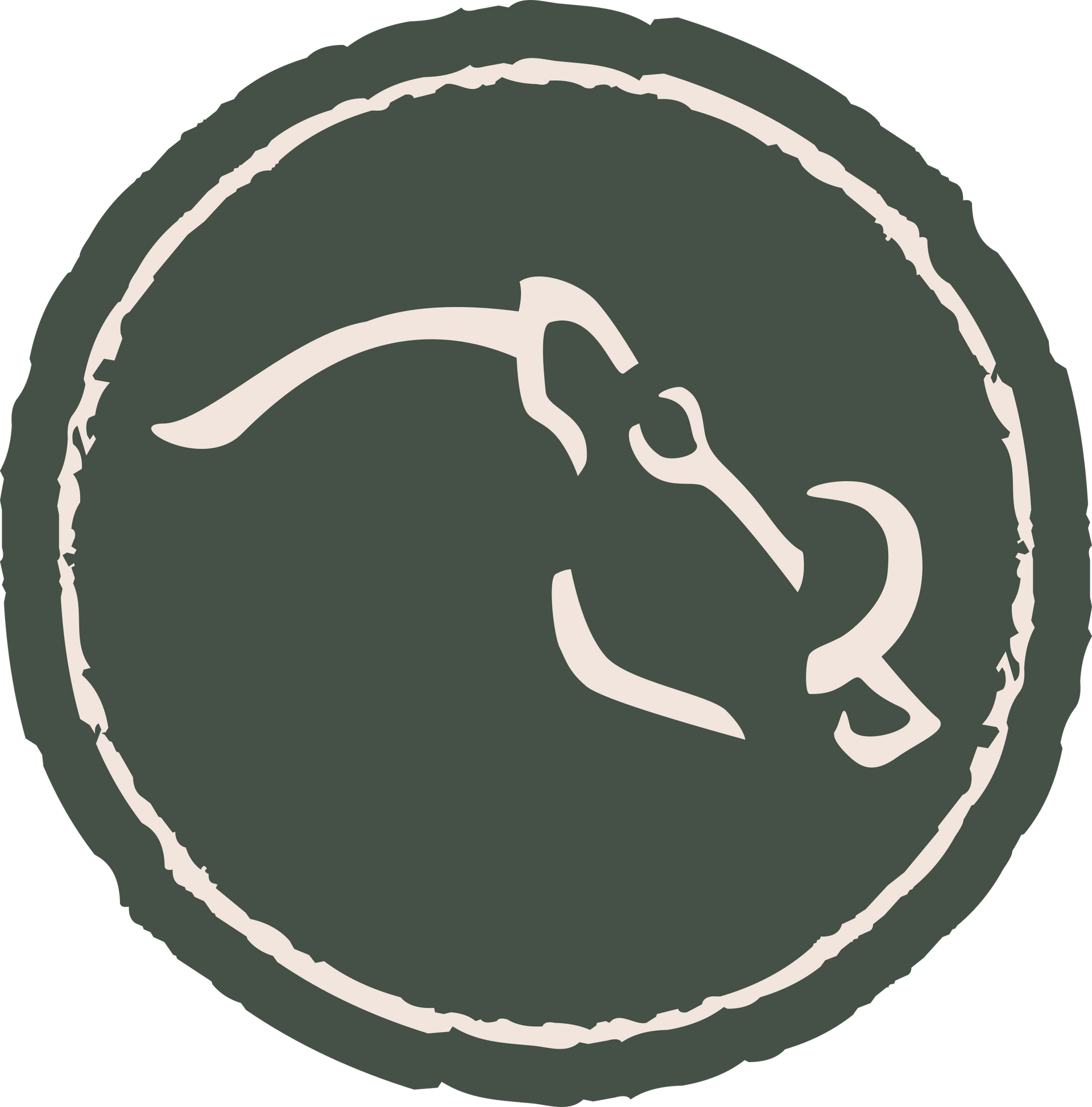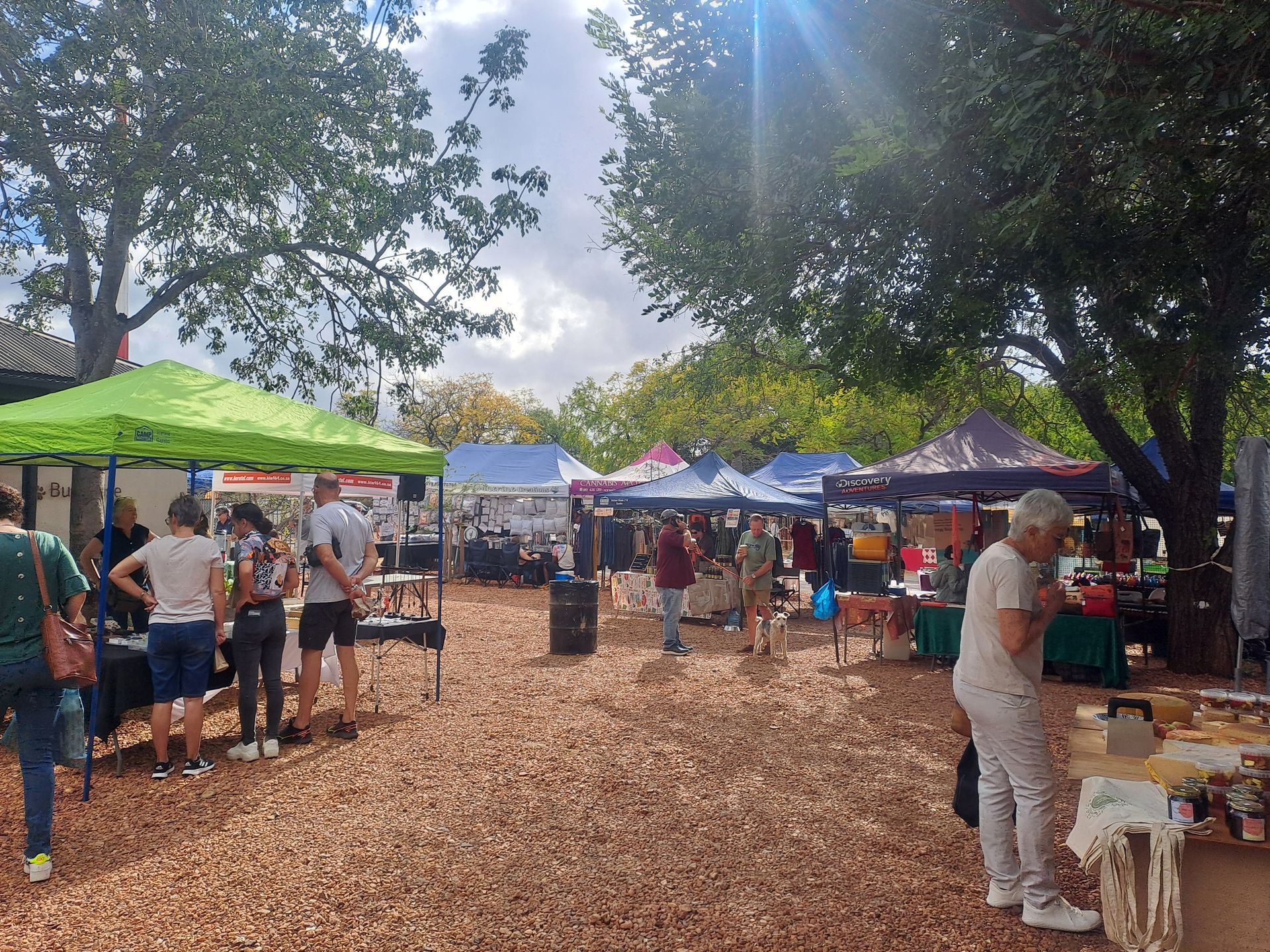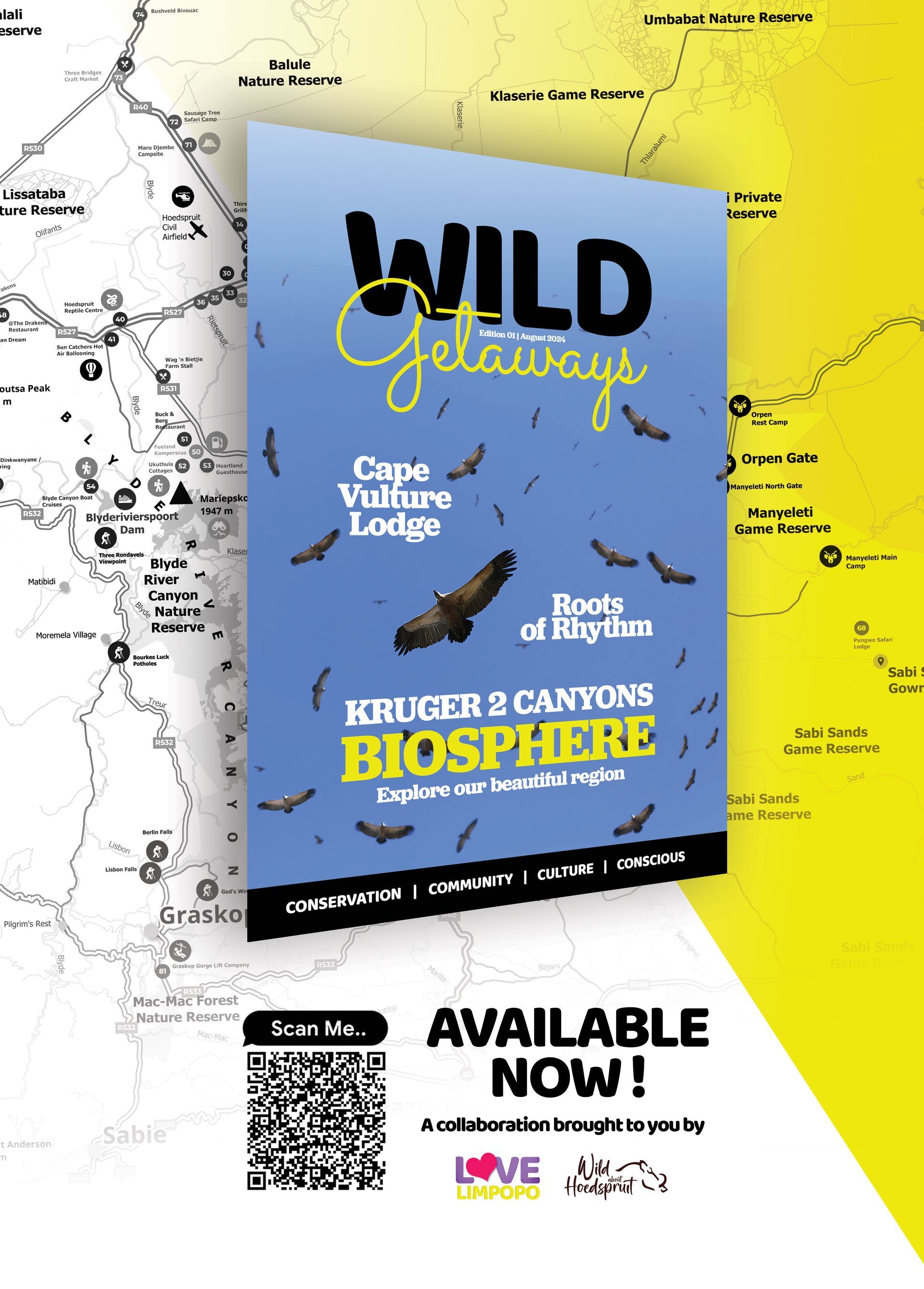White Rhino in Kruger National Park: A Complete Guide
The white rhinoceros, a magnificent and endangered species, is a symbol of strength and resilience in Kruger National Park. Encountering these gentle giants in the wild is not only thrilling but also a poignant reminder of the importance of conservation efforts.

Why it's an Exciting Species to Encounter in Kruger
The white rhino's sheer size, distinctive appearance, and critical status on the conservation scale make it a thrilling and significant species to encounter in Kruger National Park. Observing these majestic creatures contributes to the appreciation of Africa's rich biodiversity.
Identification
Physical Characteristics
White rhinos are the larger of the two rhino species, with a broad, square-shaped mouth adapted for grazing on grasses. They have two prominent horns, with the front horn being longer than the rear one. The skin is generally grayish-brown.
Unique Features for Easy Identification
The square-shaped upper lip distinguishes white rhinos from the hooked lip of black rhinos. Observing their horn configuration and size also aids in identification.
Fascinating Facts
Interesting and Lesser-Known Facts about the Animal
White rhinos are known for their social nature and are often found in small family groups. Despite their massive size, they can reach speeds of up to 40 km/h when running. Their wallowing behavior helps cool their bodies and provides protection against parasites.
Its Role in the Ecosystem
As grazers, white rhinos play a crucial role in maintaining grassland ecosystems by controlling vegetation growth. Their dung serves as a nutrient-rich fertilizer, promoting the health of the plants on which they graze.
Habitat and Range
Where in Kruger Can You Find This Animal?
White rhinos are distributed throughout Kruger National Park, favoring grassy plains and savannas. They can often be spotted near water sources, engaging in wallowing activities to cool down.
Preferred Habitats and Behaviors
White rhinos prefer open areas with abundant grass for grazing. They are often found in the company of other herbivores, contributing to the complex dynamics of the park's ecosystems.
Best Times for Sighting
Seasonal Variations in Visibility
During the dry season, from May to September, vegetation is sparse, providing optimal visibility for white rhino sightings. Early mornings and late afternoons are ideal times for game drives when these creatures are more active.
Preferred Times of the Day
White rhinos are crepuscular, meaning they are most active during the dawn and dusk hours. Game drives during these times offer the best opportunities for close encounters.
Behavior and Social Structure
Behavioral Patterns and Interactions
White rhinos exhibit a range of behaviors, including grazing, wallowing, and communicating through vocalizations. They are generally peaceful, but males may engage in territorial disputes.
Social Dynamics if Applicable
White rhinos are social animals, and they often form loose family groups consisting of females and their calves. Dominant males establish territories and may tolerate the presence of subordinate males.
Conservation Status
Current Conservation Status
White rhinos are classified as near-threatened, with the southern white rhino population, including those in Kruger National Park, showing signs of recovery due to conservation efforts. However, the northern white rhino subspecies is critically endangered.
Any Particular Threats or Challenges the Species Faces
Poaching for their horns remains a significant threat to white rhinos. Conservation initiatives focus on anti-poaching measures, habitat protection, and community involvement to ensure the survival of these magnificent creatures.
Tips for Spotting
Key Signs to Look For
Look for fresh tracks, wallowing areas, and evidence of grazing. Rhino dung is an indicator of their recent presence. Also, keep an eye out for their distinctive silhouette on the horizon.
Popular Regions within Kruger for Sightings
The southern and central regions of Kruger, including areas around Skukuza and Lower Sabie, are known for white rhino sightings. Watering holes and open grasslands are prime locations.
Encountering white rhinos in Kruger National Park is a rare privilege, and with this privilege comes a responsibility to contribute to their conservation. As visitors, let's appreciate the significance of these majestic animals and support efforts to ensure their continued existence in the wild.
Additional Resources
Wild About Kruger
Explore the Wild About Kruger series, your comprehensive source for discovering the magic of Kruger National Park from the hub of Hoedspruit. Here, we delve into all you need to know, from incredible wildlife experiences to insider insights and travel arrangements.
Share This Article
Quicklinks
Related Articles
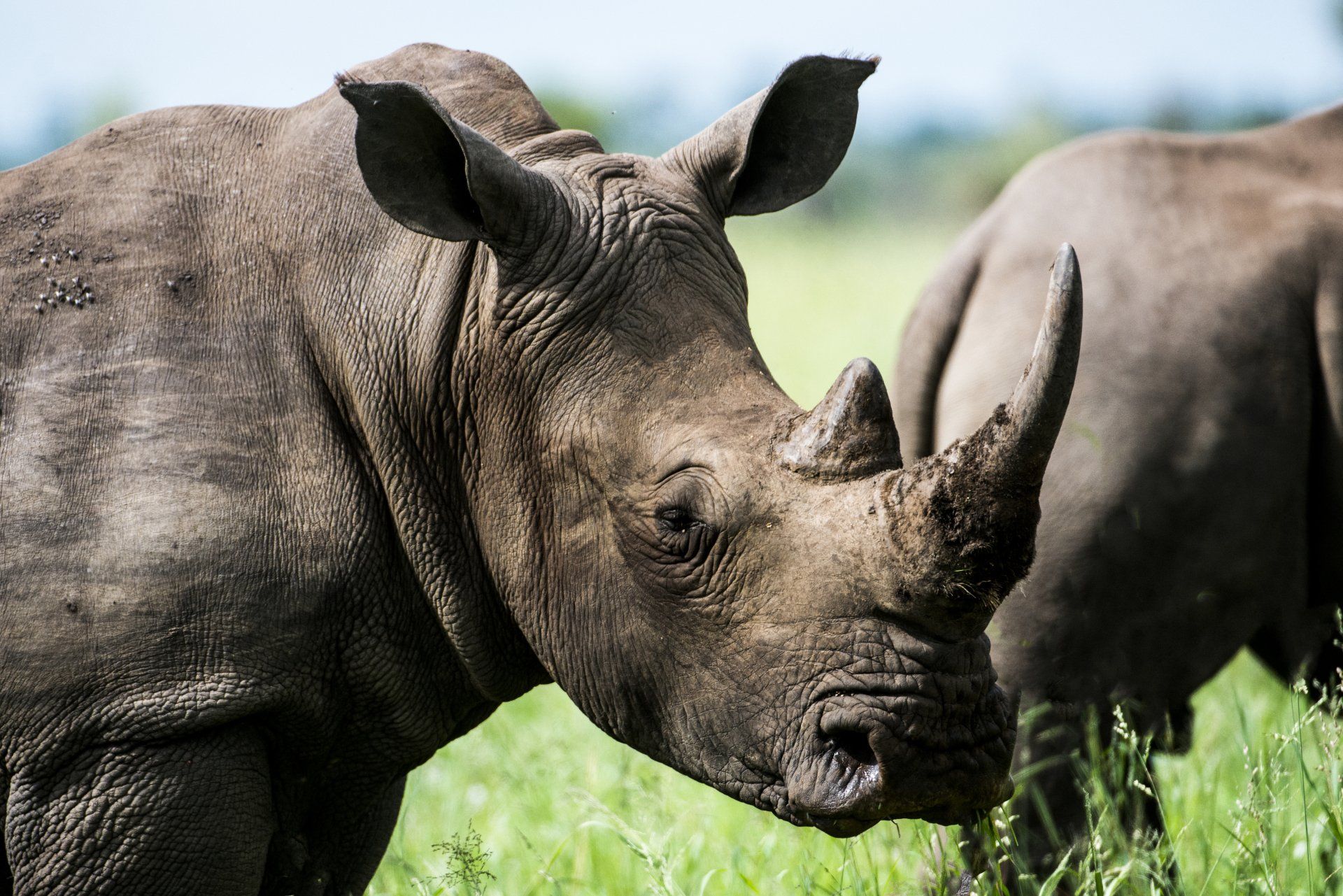
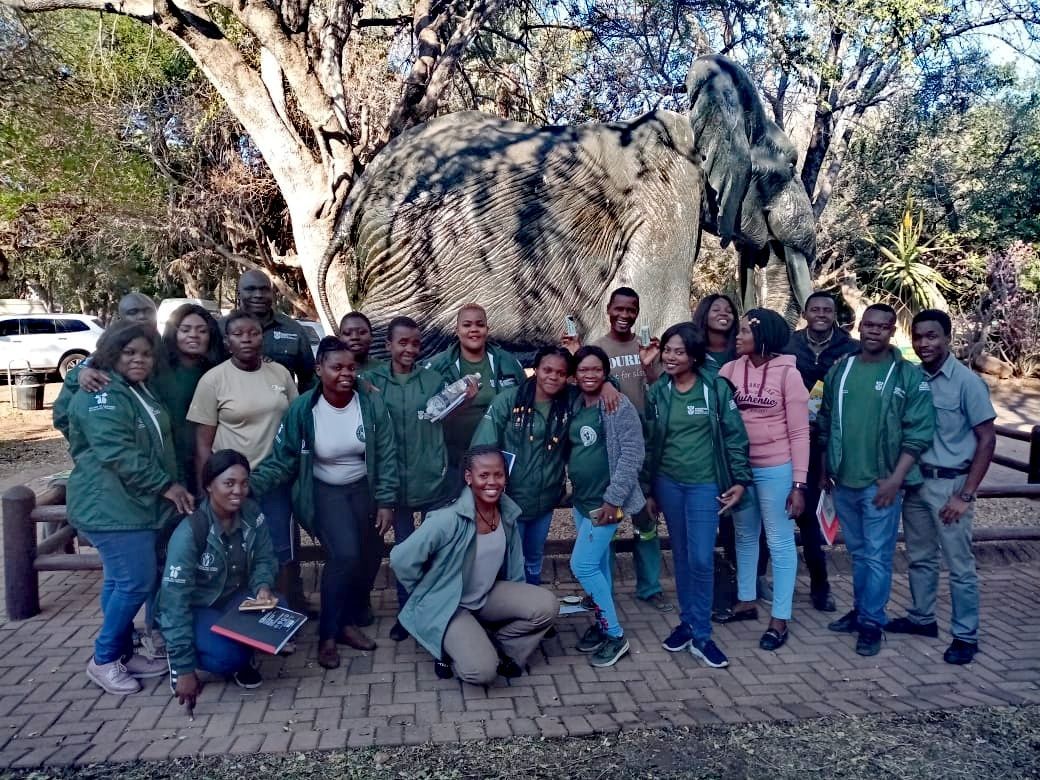

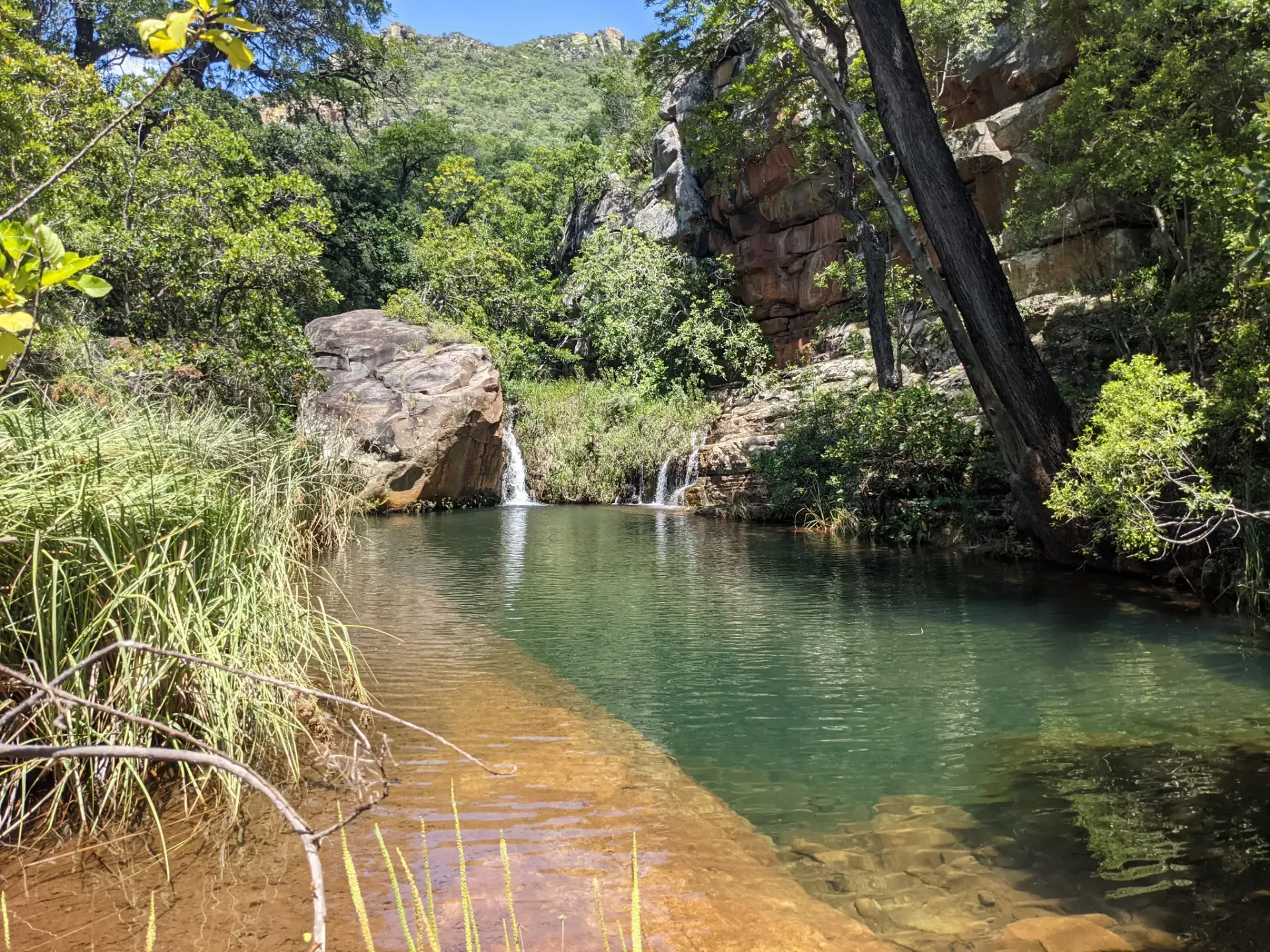



Hoedspruit Articles




